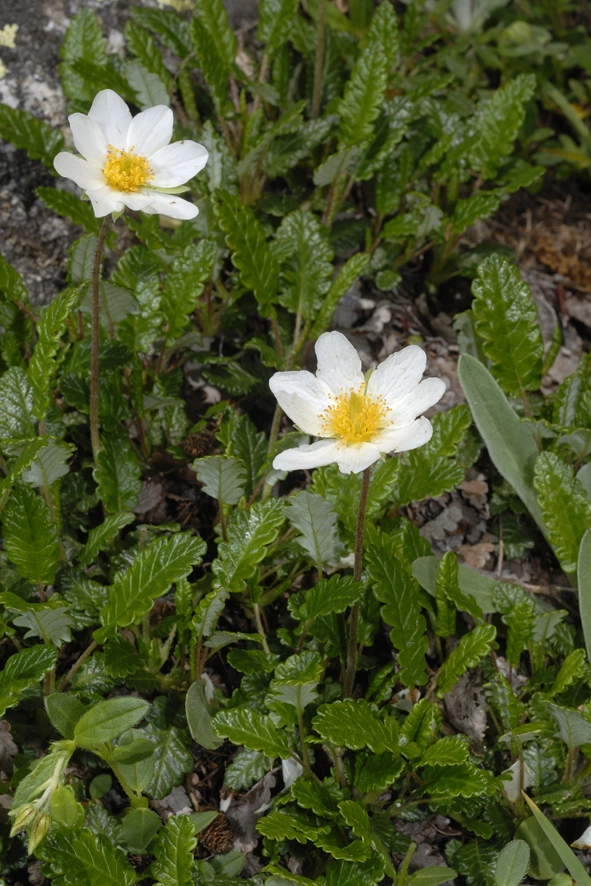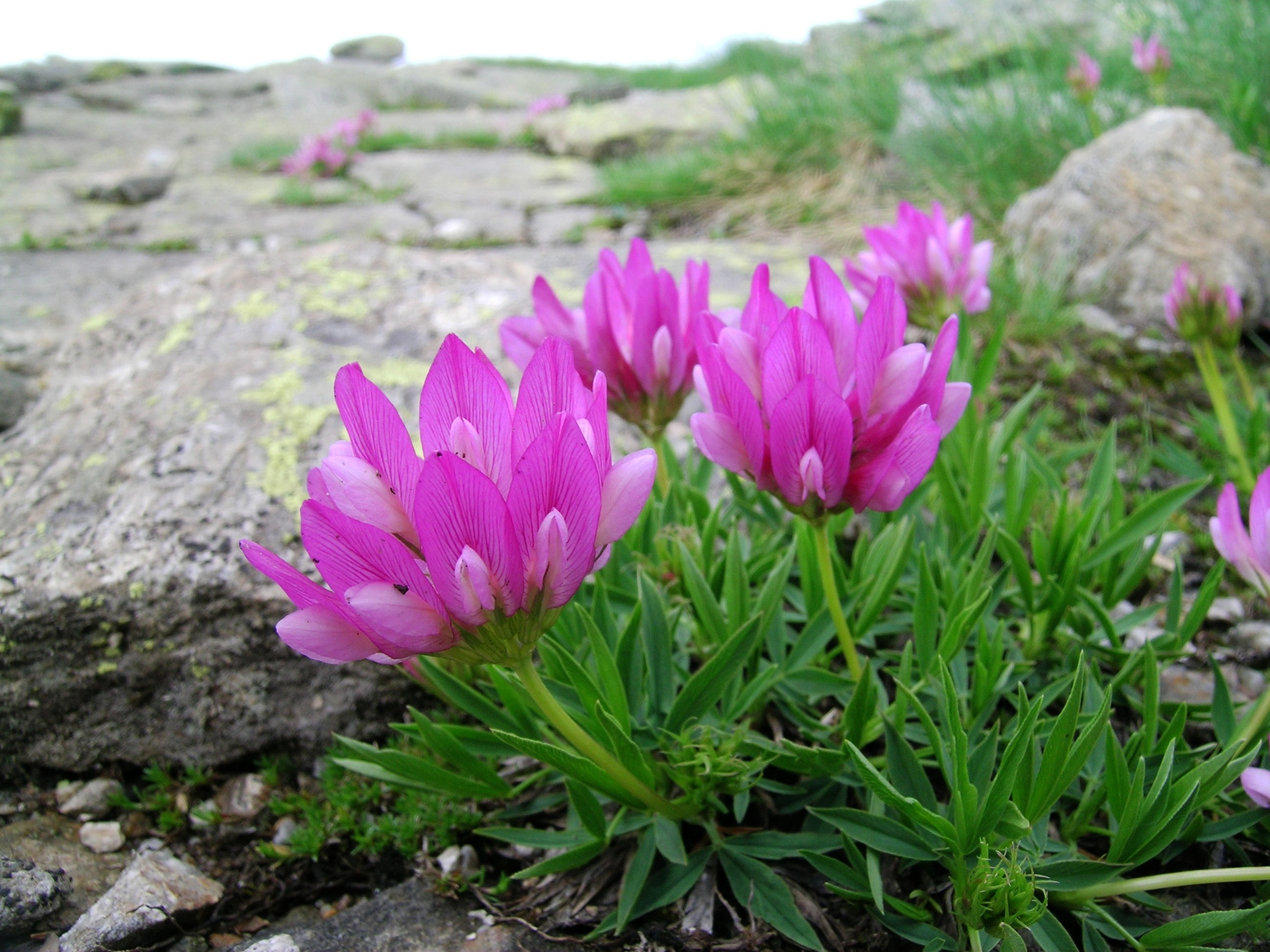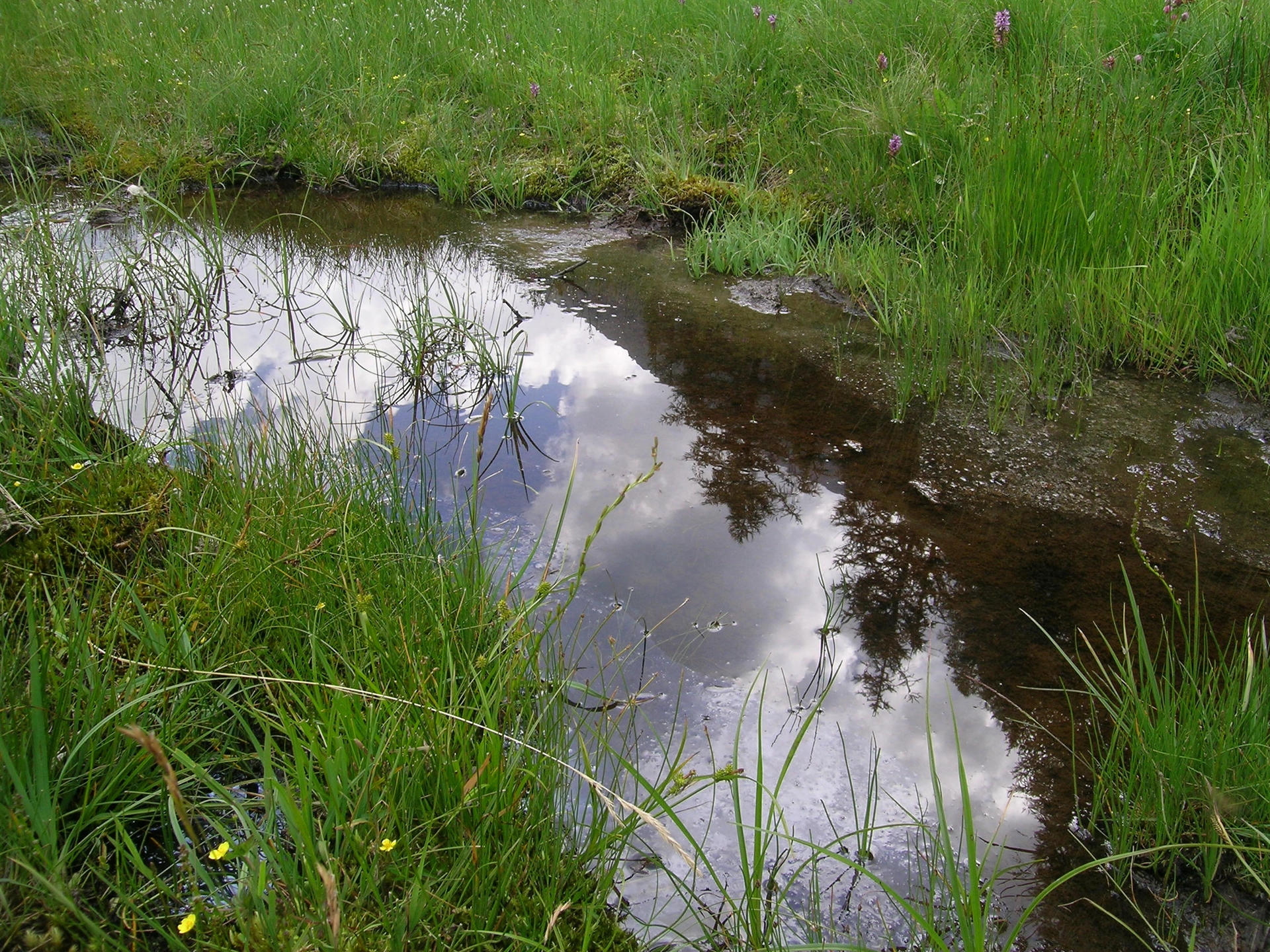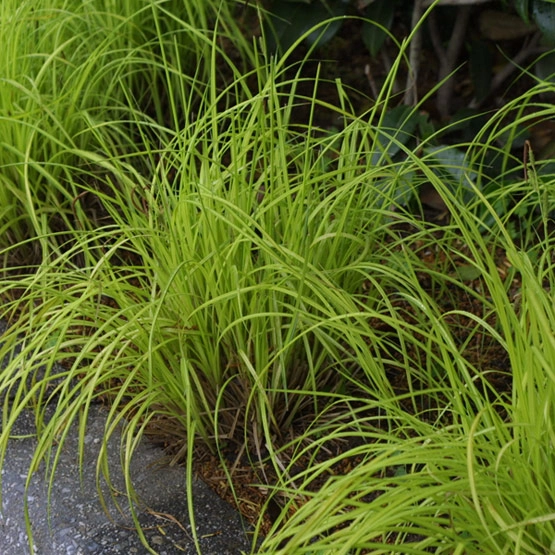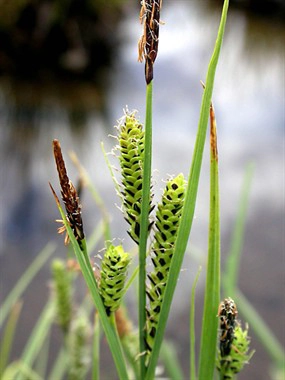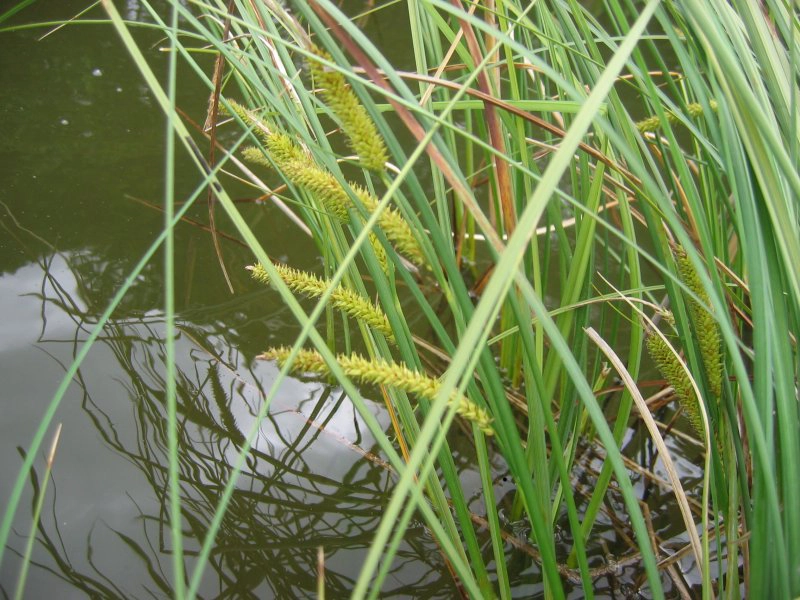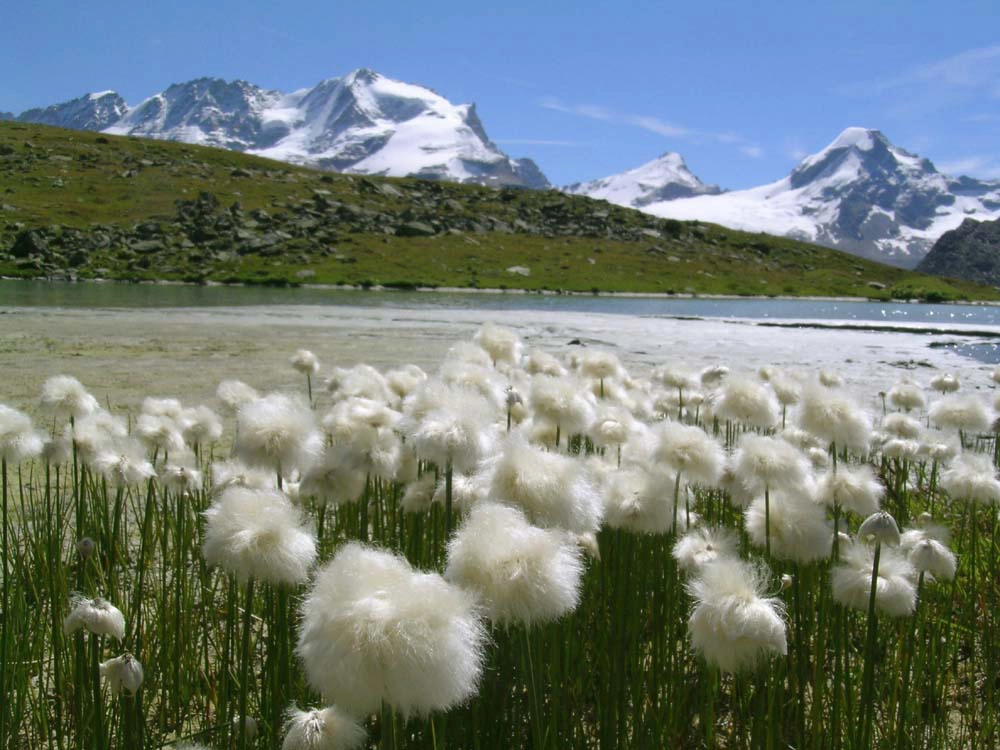The rocks, soil and plants
 See on the map
See on the map
Soil is the most superficial part of the earth\'s crust and is essential for the life of plants that develop their root systems in it.
It originates thanks to a slow and lengthy process of physical disintegration and chemical alteration of the rock (parent rock) by atmospheric agents (temperature, humidity and precipitation) and living plant and animal organisms.
In the mountains, especially at high altitudes, the soil is often shallow, rich in debris and with little water available due to excellent drainage: to allow for good anchorage and absorption of nutrients, plant root systems must be very extensive and penetrate deep into the cracks in the rock.
The mineral content in the soil - in particular nitrogen and calcium - is also an important factor that influences the composition of Alpine flora.
On Alpine pastures or at cattle stations, where there is considerable accumulation of nitrogen, a specialised flora develops - called nitrophilous flora - which thrives on large quantities of this element.
Some plants, called calciphiles, grow exclusively on calcium-rich soil; one such example is the Eight-Petal Mountain Avens (Dryas octopetala) whereas others, such as the Alpine Clover (Trifolium alpinum), grow on calcium-poor soils and are therefore, called calcifuges.
Basophilic plants, on the other hand, require soil with basic pH, that is >7, while acidophilic plants live on soil with acid pH, that is <7 (pH is the parameter that expresses the degree of acidity or alkalinity of soil).
Among the most specialised species are hygrophilous plants, the only ones that can live in marshes and bogs where the soil is often completely impregnated with water, which also penetrates in the pores, considerably limiting or totally excluding the circulation of oxygen necessary for survival of the roots.

